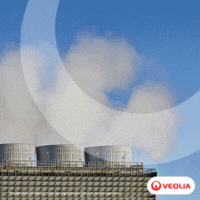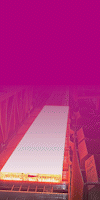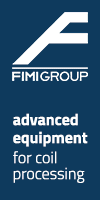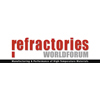SSAB Reports Second Quarter 2010 Results
08/05/2010 - SSAB reported that second quarter 2010 sales increased by 66% to SEK 10,911 million, compared to SEK 6,583 million for the same period last year. An operating profit of SEK 708 million is a significant improvement over last year’s operating loss of SEK 952 million.
SSAB reported that second quarter 2010 sales increased by 66% to SEK 10,911 million, compared to SEK 6,583 million for the same period last year.
An operating profit of SEK 708 million is a significant improvement over last year’s operating loss of SEK 952 million. Profit after financial items was SEK 624 million vs. a loss of SEK 1,096 million for last year’s second quarter.
SSAB also reported earnings per share of SEK 1.64, an operating cash flow of SEK 341 million, and cash flow from current operations of SEK 98 million.
Half-year sales have increased by 35% to SEK 19,776 million compared to SEK 14,618 million for the same period last year. Operating profit for the half year was SEK 876 million vs. a loss of SEK 1,086 million last year. Profit after financial items was SEK 707 million compared to last year’s loss of SEK 1,311 million.
Earnings per share were SEK 2.09 for the six months. Operating cash flow was SEK 597 million vs. last year’s SEK 3,043 million, and cash flow from current operations of SEK 545 million compare to SEK 1,541 million a year ago. Net debt/equity ratio was unchanged since the beginning of the year, amounting to 49%.
“The recovery in the steel market continued during the second quarter and generally, demand was good,” said Olof Faxander, CEO and President. “The regions with the strongest growth were Asia and South America, but Europe and the U.S. also performed well. We saw continued strong demand for our niche products, primarily within the Mining sector, Heavy Transport, and Automotive. A part of the increase in demand during the first half of the year was driven by inventory restocking at our customers. Inventory restocking is now believed to have come to an end.
“Agreements for deliveries of iron ore have now been signed for the full year of 2010 and are in line with the rest of the market,” Faxander continued. “A small part of SSAB's coal agreements are for the full year, but most of the coal is purchased on a quarterly basis. The full impact of the steep increases in coal and iron ore prices will be felt during the third quarter. In order to offset these cost increases, we have increased prices on new orders for the third quarter. We therefore expect to be able to largely compensate for the increased raw materials costs.”
Faxander expects the recovery in the steel market to continue during the third quarter, but at a slower pace, which he says may affect the price trend for SSAB's steel later in the year. “Unease concerning the Euro and development of the European economies has led to some uncertainty in the market. On the other hand, positive development is expected to continue in South America and Asia, primarily China,” he concluded.


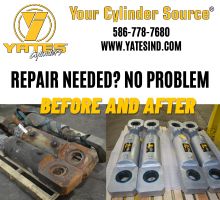
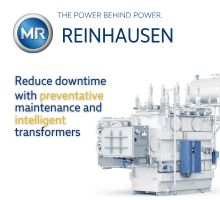-(1)-Reinhausen-(1).jpg?lang=en-US&ext=.jpg)
